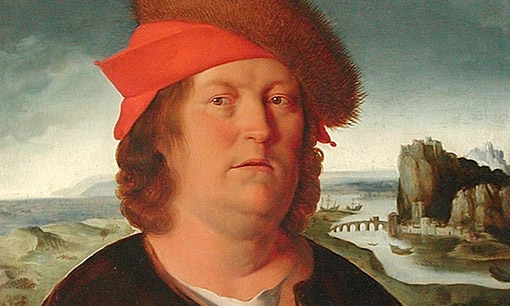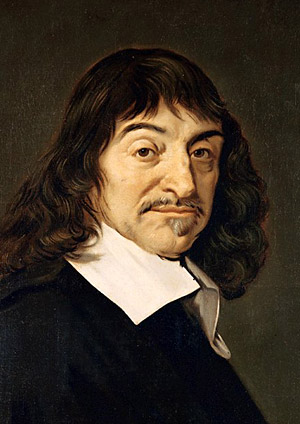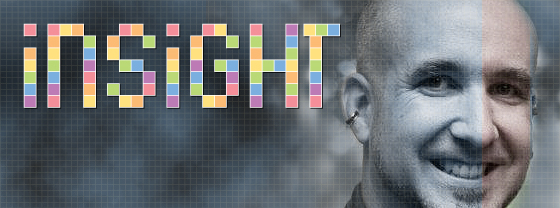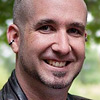This post continues a three-part series exploring the history of vitalism. Read Part 1 and continue on to Part 3.

A depiction of Paracelsus. This image was copied from a lost original which may have been painted from life. (Via Wikimedia Commons.)
The 16th century Swiss-German physician and alchemist Theopharastus von Honhenheim—better known as Paracelsus—saw little distinction between his studies in chemistry and medical biology. Famous for his quote on all things being poisons, Paracelsus believed chemistry lay at the heart of health and disease. Given the relationship between contemporary medicines and toxicology, with many treatments based on substances such as alcohol, arsenic, antimony, lead and mercury, it’s surprising his position wasn’t more widely held.
Paracelsus was among the first to make strong links between studies in chemistry and the healthy functioning of the human body. Later physicians such as Johann Baptista van Helmont would come to write extensive on ‘iatrochemistry,’ or the overlap between fields of chemistry and physiology.
Aristotle’s legacy of causes and forms, however, continued to have a strong influence on biology thanks to its influence on medieval theology. While it was increasingly becoming clear that physiology could be described largely in terms of chemistry and physics, gaps remained where metaphysical forms and causes and notions of souls could hold ground.
The argument over whether or not life could be described through studies of non-living materials alone heated up over the 16th and 17th centuries. Not only was knowledge in chemistry rapidly developing thanks to the tradition of the alchemist, but so was complexity in engineering. Improvements in metallurgy and fine craftsmanship led to the marvels of automata; mechanical devices which appeared to mimic human and animal movements captured the public’s imagination across the world.

Portrait of René Descartes, copied from an original by Frans Hals. (Via Wikimedia Commons.)
French mathematician and philosopher René Descartes was confident biology itself was nothing more than an incredibly complex machine. “I regard the body as a machine so built and put together that still, although it had no mind, it would not fail to move,” he wrote, no doubt with such mechanical simulacra in mind.
Reducing the sum properties of the living form to the actions of chemicals and mechanical parts was conceivable given the beauty of the clumsy attempts of engineers to make dolls dance and play instruments. Yet his theology and sheer incredulity made it impossible for him to see how the mind could also result from physics and chemistry alone. “There is a vast difference between the mind and the body,” he said in his writing Meditations on First Philosophy, “in that the body is always divisible, while the mind is completely indivisible.”
Until the latter half of the 17th century, theories of biology remained inchoate and strongly metaphysical. Dualism meant one could focus on the chemistry and physics of physiology, leaving matters of the mind and root causes of illness and reproduction to more spiritual thinkers. Yet two men changed this view; one directly, the other by influence of his revolutionary ideas on how the universe worked.
The British polymath Isaac Newton had little to say on the mind, illness, or general matters of the flesh. Arguably his greatest contribution to our understanding of the natural world was uniting diverse ideas under a universal law—that describing gravitation. Applying mathematics to bring together a history of thought on everything from why apples fall to why the planets revolve around the Sun nudged philosophy into the Scientific Revolution.
Not only did this inspire other philosophers to view mathematics as a means of attaining ever greater insights, it established a search for simple ideas that could describe broad fields of study. Physiologists wanted their own universal laws to describe how the mechanical body operated.
Yet a counter to broad, quantifiable laws was also born with Newton’s work. It was thought that such reductionist models robbed a field of study of meaning by narrowing its focus. Reducing a complex system to its mathematical components deprived holistic understanding and disconnected understanding from relating, according to those opposing efforts to reduce life to quantities while ‘feigning no hypothesis’.
One such opponent was the German physician George Ernst Stahl, who was born into a Lutheran sect in the late 17th century. Stahl indeed held a hypothesis describing why some materials lived and others didn’t—a holistic, vital force or ‘anima’ caused organic materials to move and change, and stopped them from decomposing. Deprived of this force, life would lie still and rot.
It would be a mistake to think of Stahl as your average medieval quack. He was quite a well-respected empiricist and experimentalist of his time. Many of his theories on physiology were accepted and built upon by such eminent researchers as the German chemist Friedrich Hoffman and the Dutch botanist and physician Herman Boerhaave. Stahl adjusted chemist Johann Becher’s model of combustion to come up with phlogiston, a significant chemical theory of its time that would later be replaced by Antoine Lavoisier’s oxidation theory. In short, while Stahl’s beliefs on a biological force would be criticised and dismissed by many great minds, he was remarkably influential and played a key role in the history of chemistry and physiology.
In 1747 the physiologist Albrecht von Haller applied Stahl’s anima theory in describing how the muscles of a body moved according to something he referred to as innate impatience. It was a common theme amongst vitalists to claim that there was a purpose or desire innate within the matter which drives it to move, or grow, or sense changes in the environment. Neither chemically or physically based, these theories tended to centre on an impetus that wasn’t unlike Aristotle’s teleological causes.
In spite of this binary state of vitalist versus mechanist beliefs, there were hybrid theories that attempted to reconcile the two. Montpellier physiologist Theophile de Bordeau believed the body had three significant organs—the heart, brain and stomach. Each secreted an essence into the bloodstream that, when in balance, maintained the body’s health. This concept developed over the years into what we describe as endocrinology, a field covering the study of chemical hormones secreted by various glands and the roles they play in maintaining the body’s function. While endocrinology is primarily an iatrochemical position, Bordeau did not believe the essence was a chemical that could be extracted and observed, making his theory largely vitalistic in concept.
It was during the mid-18th century that the divide between the mechanists and the vitalists reached its zenith. Nowhere was this better represented than in the contrast between the scientific communities of Paris and the university city of Montpellier. In Paris, biology was largely viewed as the result of physical processes. Physiology was primarily the result of hydraulics and fibres, with no claim of knowing what fundamental force drove them. In Montpellier, a proud tradition of ‘body economics’ had gained dominance, where health and disease was discussed in terms of harmony and holism, and vital essences governed the process out of reach of mathematical models and empiricism.











None of the “spiritual” thinkers ever bothered to consider ways to determine whether their grand theories were true. How can you tell that it is the stomach and not the liver that “secreted an essence” into the blood? Is it because you are incapable of making a mistake?